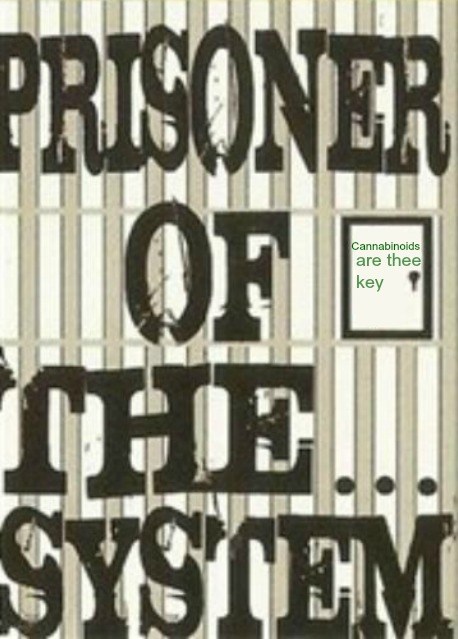[Epub ahead of print]
Adolescent peer-rejection persistently alters pain perception and CB1 receptor expression in female rats.
Source
Research Group Developmental Neuropsychopharmacology, Institute of Psychopharmacology, Central Institute of Mental Health, Medical Faculty Mannheim, Heidelberg University, Mannheim, Germany.
Abstract
Peer-interactions are particularly important during adolescence and teenagers display enhanced sensitivity toward rejection by peers. Social rejection has been shown to induce alterations in pain perception in humans. However, the neurobiological consequences of adolescent social rejection have yet to be extensively characterized, and no appropriate animal model is available. Here, we propose inadequate playful interactions in adolescent rats as a novel animal model for social peer-rejection and examine potential long-term consequences into adulthood. Acute social pairing of female adolescent Wistar rats with an age-matched rat from the less playful Fischer344 strain was found to alter social play and decrease pain reactivity, indicating Fischer rats as inadequate social partners for Wistar animals. Therefore, in a second experiment, adolescent female Wistar rats were either reared with another Wistar rat (adequate social rearing; control) or with a Fischer rat (inadequate social rearing; play-deprived). Beginning on day 50, all Wistar rats were group housed with same-strain partners and tested for behavioral, neurobiological and endocrine differences in adulthood. Playful peer-interactions were decreased during adolescence in play-deprived animals, without affecting social contact behavior. Consequently, adult play-deprived rats showed decreased pain sensitivity and increased startle reactivity compared to controls, but did not differ in activity, anxiety-related behavior or social interaction. Both groups also differed in their endocrine stress-response, and expression levels of thecannabinoid CB1 receptor were increased in the thalamus, whereas FAAH levels were decreased in the amygdala. The present animal model therefore represents a novel approach to assess the long-term consequences of peer-rejection during adolescence.
Copyright © 2013 Elsevier B.V. and ECNP. All rights reserved.
Copyright © 2013 Elsevier B.V. and ECNP. All rights reserved.


